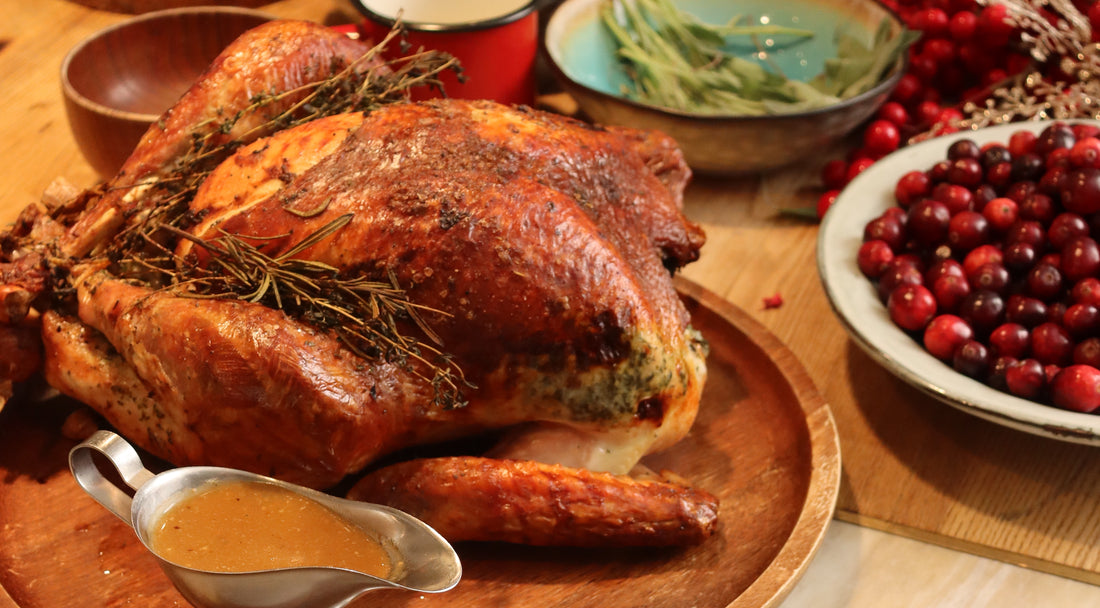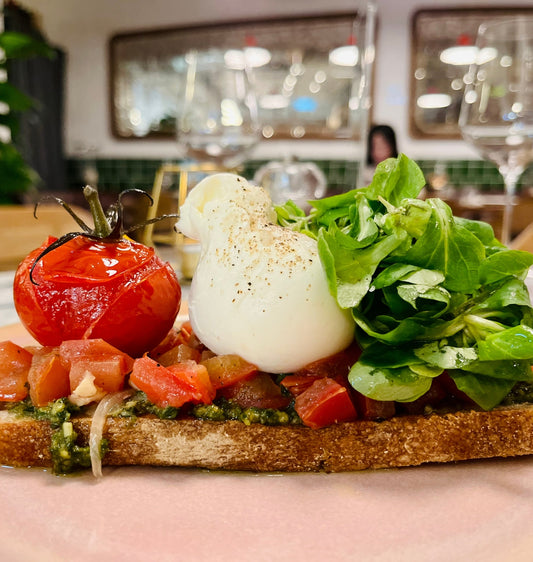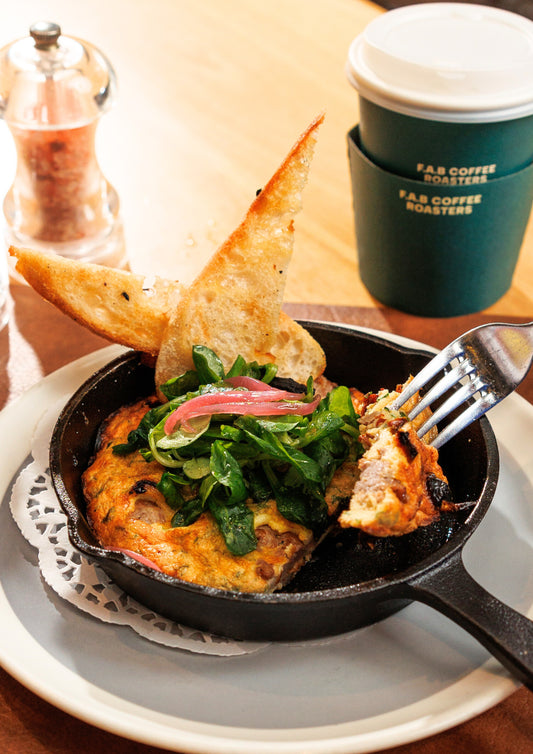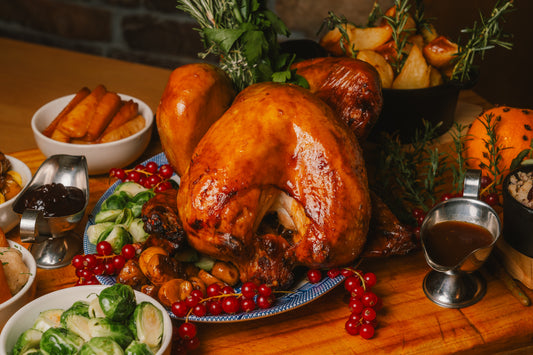
Fool-Proof Turkey Cooking Guide
Follow our detailed steps to make sure your festive meal goes off without a hitch.
At Christmas time, there is a certain appeal to a recipe that includes a long time languishing in an oven. While the bird roasts, you are afforded a reasonable span of time to get on with other more important tasks. Pop a Champagne cork or two, exchange a gift, sample another mince pie or generally revel in the festive gaiety.
A high-quality, higher welfare turkey, generously seasoned and regularly basted, can be nothing short of sumptuous. For this once-a-year meal, we advocate straying from the usual “pantry staples” and making a special purchase. We assume you don’t always keep goose or duck fat to hand, but we can’t say enough about the rich, succulent rewards for he who goes to the extra effort to procure it. And really, it’s not that much effort, the grocery store is only a click away. And as for goose OR duck, the choice is yours really. Both have very high smoke points, both have the same ability for creating crisp, golden crusts wherever they go, roast potatoes come to mind. The duck fat is perhaps slightly more flavoursome, but the difference is negligible.
Some days before Christmas (perhaps a task for a mid-meeting daydream) some simple calculations should be run. Budget about 500g of turkey per guest. This includes the bones which will be discarded, so, for instance, a 4kg turkey will feed a crowd of eight most generously (and it’s Christmas, how else would you want to feed them?). After all the carving that will leave each reveller with 140-170g of meat on their plate, plenty.
Then, defrosting time. Here in Hong Kong, where we can’t always (or ever!) guarantee a white Christmas, it’s safest to defrost your bird in the fridge. Budget 12 hours per kg, so that 4kg turkey we mentioned earlier would spend two full days in the bottom of your fridge before the big day. Then it’s nearly time to move to the oven. A sojourn on the bench-top, well covered, should bring that beautiful bird to room temperature in an hour or two. And now our recipe can begin!
Roast Turkey - Exactly what to do
1. Defrost
If you’re starting with a frozen turkey, you need to make sure it is totally defrosted. The safest way to do this is on the bottom shelf of your refrigerator, for a 3kg bird it’ll take 48 hours.
2. Bring to room temperature
Take your chilled or defrosted bird out of the fridge to come to room temperature for 1-2 hours before cooking.
3. Prepare turkey for the oven
Rub you bird liberally with the fat of your choice, and season heavily with salt and pepper. Remember, the seasoning on the outside should be sufficient to season all the meat, so go heavy.
Next, pop the bird on a wire rack, in a roasting tray, breast side up and pour 250ml of water in the tray below the rack. This means the turkey steams for the initial part of the cook, for extra moist results. Finally, wrap everything tightly in foil.
4. Roast
Preheat the oven to 180°C, cook the turkey for 1.5 hours. Remove from the oven, take off the foil and baste the turkey with the juices from beneath the wire rack. That means, get the juice with a spoon and spoon it over the top of the turkey till it's all moist.
Replace the foil and return the turkey to the oven, for a further 30 minutes for a 3kg bird. If your turkey was closer to 4kg, add an extra 30 minutes here.
Baste again then turn the oven up to 220°C, and cook uncovered for a final 30 minutes, for a total cooking time of 2.5-3 hours.
5. Test
A meat thermometer inserted into the inside of the thigh should read 62°C. If it's not there yet, return to the oven and check every 15 minutes. Recover with foil if the turkey is getting too brown.
6. Rest and serve
Remove from the oven and leave to rest in a warm place for 30 minutes.
Ferry to the table and impress your guests! After your round of applause, head to our handy guide to Carving Your Turkey and we'll walk you though the next steps.



